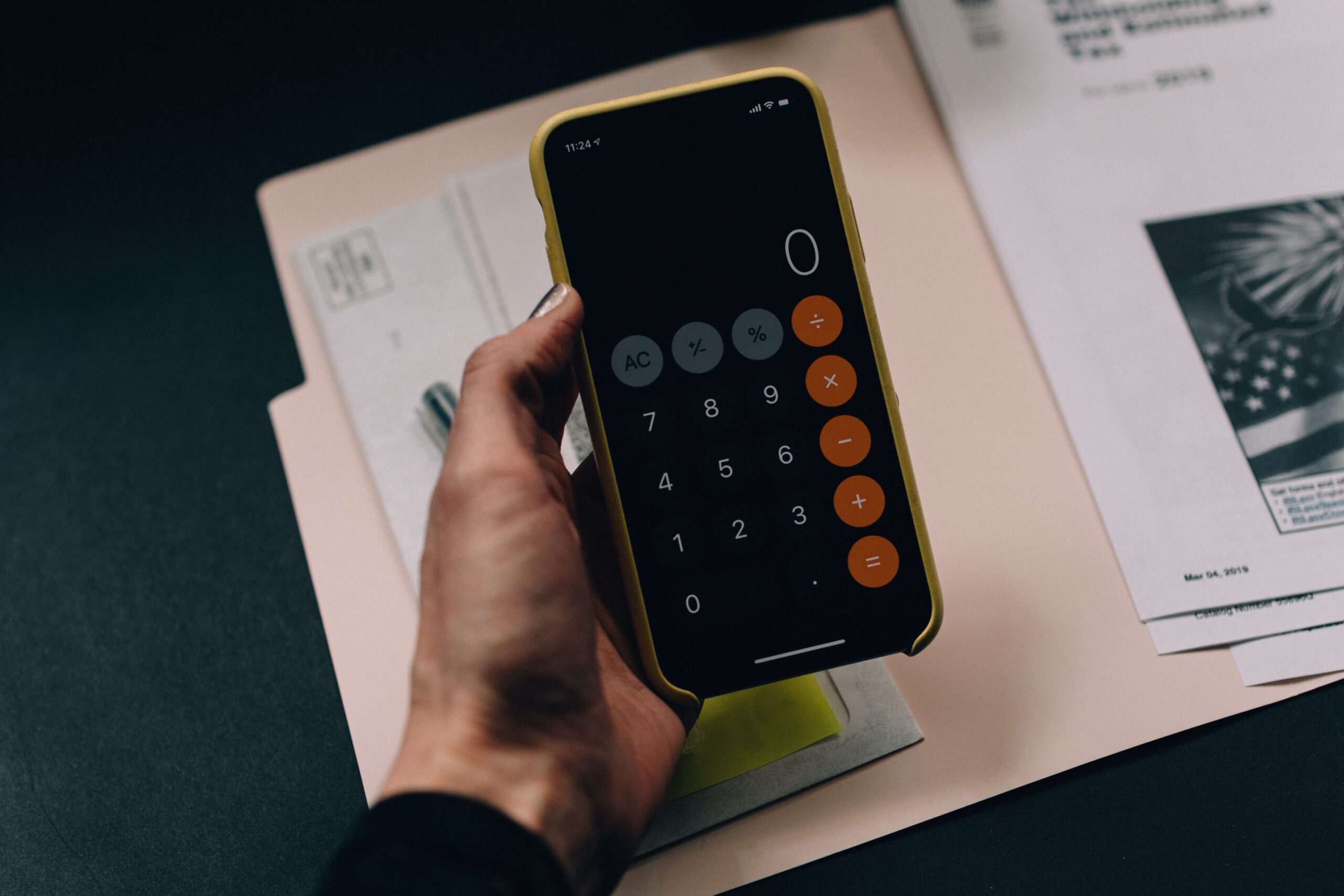Budgeting. It’s a word that people often associate with restriction, limitation and a lack of money. But I really believe having a budget that works for you is an excellent way to help you afford the things you want to do and achieve your financial goals.
So, how do you create a budget that you’ll stick to?
I think a sustainable budget come down to two parts – your money and your mindset. Let’s dive into the money side of things first.
MONEY
THE ESSENTIALS
Know your income – to create a basic budget, you need to know your take home pay and your outgoings. Look at your most recent payslip (you’ll want your take home pay figure), or if the amount you earn varies a lot each month, take the average of the last three months of pay. We’ll call this your starting figure.
Now it’s time to look at your bills – most of your bills are likely to be monthly but if you have any that are every six or 12 months, divide the amount by the relevant number of months to get a monthly figure. Tot up the monthly total for your bills and subtract this from your starting figure.
Look at your essentials – this will include things like groceries, transport to get to work and childcare costs. Some of these may be fixed figures, for example if you get a season ticket for the train, and it’ll be easy to deduct this from your starting figure. When the figure varies month-on-month, such as your groceries or petrol costs, then try to get an average of the last three months. Don’t worry if you haven’t been tracking this so far – give yourself an estimated amount and then you can track how much you really spend this month for a true figure. We’ll want to subtract all of this from your starting figure too.
Decide how much you want to or can afford to put towards your savings – now you know how much money you’ve got left after your bills and essentials, it’s time to turn your attention to your savings. I often get asked, “how much should I save?” and honestly, it’s not for me to tell you. Instead, I recommend that you save what you can afford to save. This will vary from person to person, and it’s likely that it’ll differ month from month. But whatever the amount, treat it like another bill and commit to saving it as soon as you get paid (aka paying yourself first).

THE NON-ESSENTIALS
Once you’ve subtracted your bills amount and your savings from your starting figure, it’s time to look at the non-essential spending – or the fun money – part of your budget; days out, takeaways, meals out, cinema trips, clothes, beauty treatments and so on.
Depending on which budgeting method you choose, you may decide to keep this as a lump sum figure rather than breaking it down into different sub-categories. For instance, with the 50/30/20 budgeting method you assign 30% of your budget to your ‘wants’ and this can be split in any way you want.
Or you may choose to assign a budget to each sub-category. Look at how much you’ve been spending in each category on average each month – this will help you form a realistic budget which isn’t too restrictive – but also consider which areas of your spending you actually value and assign your remaining budget accordingly.
If you’re looking to reduce your discretionary spending, do this in small increments instead of trying to cut down drastically. Perhaps you’ll choose to spend £10 less this month, and another £10 less next month until you reach a point where you’re spending less but you’re not feeling like you’re missing out either. Remember it’s all about trial and error – you can always adjust your budget per sub-category mid-month or the start of the next one. You’re not expected to get this absolutely perfect the first time.
Whichever method you choose, I always recommend looking back on your previous spending as a realistic indicator of your spending. Even if you haven’t been tracking your expenses, your bank statements are the source of truth for all of this. It might feel like a lot of legwork upfront but it can make a big difference.

MINDSET
There could be many reasons why your budget isn’t working for you – perhaps you were too restrictive initially, or you’re not prioritising the right things. But your mindset plays a key role here too. When we spend based on what makes us happy and we cut down on the things in our control that don’t, we often feel like we’re getting more for our money because of the value you place on those purchases. If you’re not sure on what those purchases look like to you, reflect back on your recent spending. What made you truly happy? What may have lost its novelty shortly after you received the item? Being able to distinguish between the two is a really good place to start. And if you tell yourself a budget is restrictive, then it does become a self-fulfilling prophecy. It’ll feel difficult because that’s what you’re telling yourself. View this as an opportunity to spend in line with your goals.
It’s important to remember that you’re the one in charge, not your budget. If it’s not working, tweak it. If you’re always transferring money out of your savings towards payday, it might be worth looking at how you’re spending your money (be honest with yourself: could you cut back?) or whether you’re being too restrictive with yourself.


